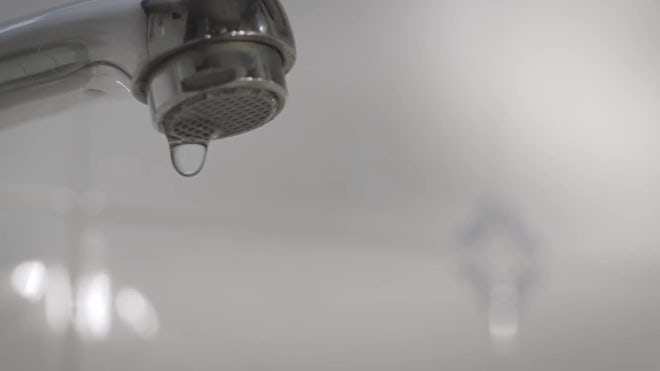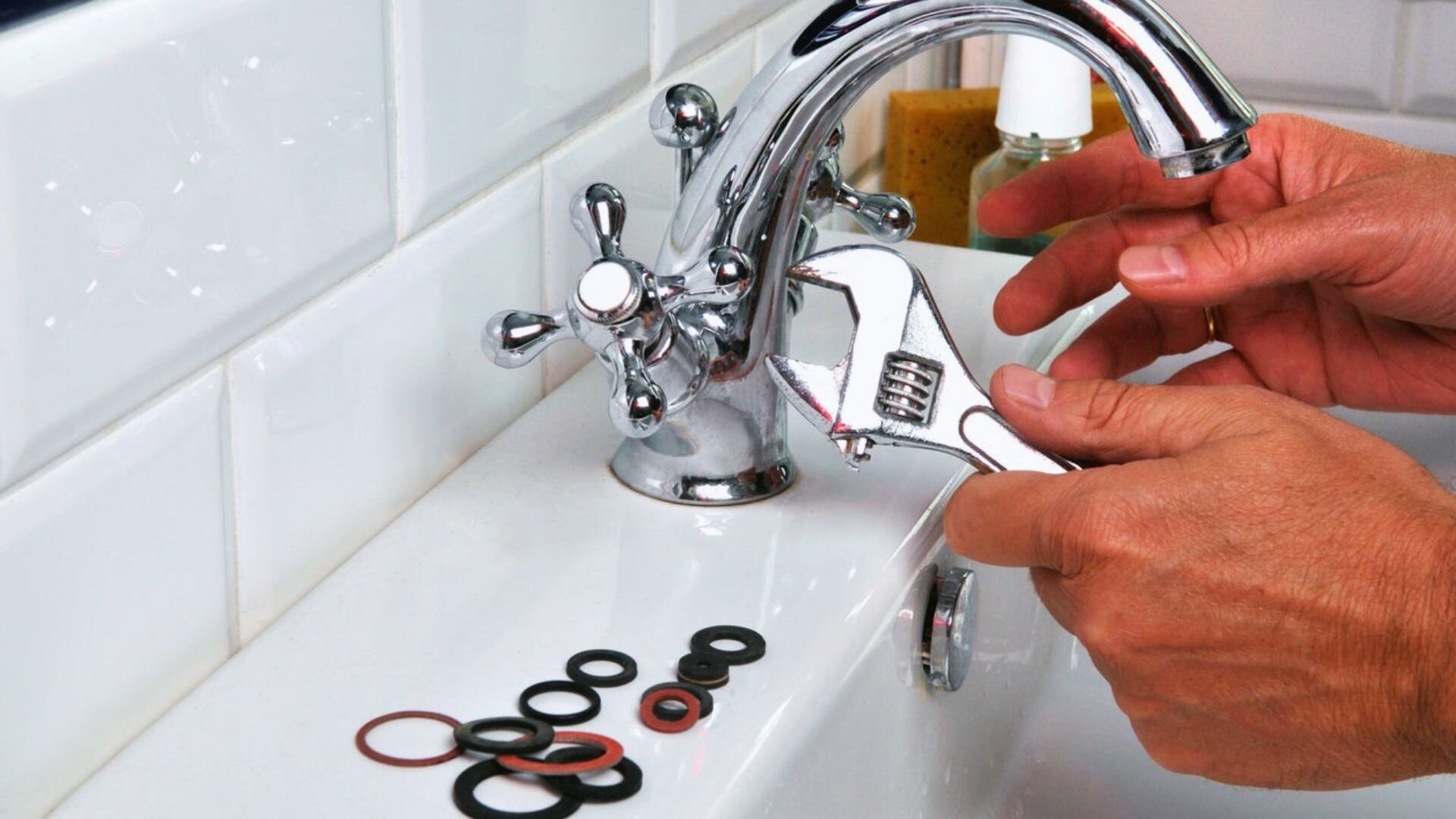Nearly everybody may have their own way of thinking on the subject of How-To Guide On Fixing A Leaking Tap Or Faucet Step.

Introduction
A leaky faucet is not only frustrating yet can additionally waste a significant quantity of water and cause increased utility costs. In this step-by-step overview, we'll stroll you through the process of taking care of a dripping faucet, permitting you to conserve water and money while maintaining your plumbing system.
Gathering Tools and Products
Prior to you begin, gather the necessary devices and products for the repair service. You'll usually need a flexible wrench, screwdrivers, substitute washing machines or seals, plumber's tape, and a dustcloth or towel to clean up any kind of spills.
Shutting Off Water Supply
Locate the shut-off shutoff for the impacted faucet and turn it clockwise to turn off the supply of water. If you're not able to find the shut-off shutoff, you may need to turn off the primary water to your home.
Disassembling the Tap
Use a screwdriver to remove the handle of the faucet, exposing the internal elements. Depending upon the kind of faucet, you might need to unscrew a cap or collar to access the shutoff assembly.
Evaluating for Damage
Once you have actually exposed the valve setting up, inspect it for any indicators of damage or wear. Common perpetrators of a leaky faucet include damaged washing machines, O-rings, or seals.
Changing Faulty Elements
If you recognize any kind of broken or worn-out elements, very carefully eliminate them using a wrench or pliers and change them with new ones. Be sure to make use of the right size and kind of replacement components for your faucet.
Reconstructing the Tap
After replacing the damaged parts, very carefully rebuild the tap in the reverse order of disassembly. Make sure that all parts are effectively lined up and tightened to avoid future leakages.
Evaluating for Leakages
When the faucet is rebuilded, turn the water back on and test the tap for leaks. If you observe any kind of leakages, ascertain the links and tighten them as required.
Making Certain Appropriate Performance
After validating that the tap is leak-free, test its capability by transforming it on and off several times. Make sure that the tap operates smoothly and with no uncommon noises or resistance.
Tidying up
Lastly, tidy up any type of debris or spills from the fixing procedure and throw away any type of old or broken parts properly. Leaving the work area spick-and-span makes certain a specialist surface to your repair work.
Verdict
Taking care of a leaky faucet is a fairly simple do it yourself job that can save you cash on water bills and stop further damages to your plumbing system. By following this step-by-step overview, you can deal with the repair service with confidence and appreciate the benefits of a leak-free faucet.
Fixing a Leaking Tap: Causes, Solutions, and Water Conservation
Causes and Signs
Worn-Out Washers: The tap washer, rubber or metal, creates a seal within the tap assembly. Over time, the old washer can deteriorate, leading to water seepage and a dripping tap. High Water Pressure: Excessive water pressure can strain tap components, causing leaks. The forceful water flow exerts pressure on the washers and other sealing mechanisms, resulting in a dripping tap. Faulty O-Rings: O-rings, usually made of rubber, provide a watertight seal between moving parts of the tap. If the O-rings become worn or loose, they can cause water to leak, resulting in a dripping tap and potential water damage to your property. Signs of a Dripping Tap
Audible Dripping Sounds: If you hear the sound of water droplets hitting the sink or basin, it’s a clear indication of a dripping tap. Puddles or Stains: Notice any puddles of water or stains around the tap area or on the sink surface. These signs suggest a dripping tap that requires attention. Reduced Water Flow: A dripping tap can affect the overall water flow, resulting in reduced pressure when using the tap. Gather the Necessary Tools
Adjustable spanner Screwdriver – flathead or Philips’s head New washers Towels or rags Turn Off the Water Supply
Find the isolation valve beneath the sink or by the tap and turn it clockwise to shut off the water supply.
Disassemble the Tap
Use a screwdriver to carefully remove the tap handle, exposing the internal components. Take note of the order and arrangement of the parts as you disassemble the tap. This will aid in reassembling it correctly later on. (We recommend taking photos on your phone for a no-fuss solution).
Inspect and Replace the Washer
Inspect the washer located at the bottom of the tap assembly. If it appears worn out or damaged, replace it with a new washer of the correct size and type. This simple replacement can often resolve the dripping tap issue.
Tips for Responsible Water Usage
Regular Inspection and Maintenance: Conduct periodic inspections of all taps in your home to identify potential leaks or drips. Timely repairs prevent water wastage and maintain the efficiency of your plumbing system. Install Water-Efficient Taps: Consider replacing old taps with water-efficient models that are designed to minimise water consumption. Look for taps equipped with aerators and flow restrictors to regulate water flow without compromising functionality. Conscious Water Usage: Develop mindful habits such as turning off the tap while brushing your teeth or soaping your hands. Additionally, use full loads when running dishwashers and washing machines to maximise water efficiency. Monitor Your Water Bill: Keep track of your water consumption by regularly monitoring your water bill. Any sudden increases may indicate a leaking tap or other issues that require attention. When to Seek Professional Help
Persistent Leaks: If your attempts to fix the dripping tap are unsuccessful or the problem keeps recurring, it may indicate an underlying issue that requires professional attention. Complex Repairs: In cases where the tap assembly is intricate, or the repair involves specialised knowledge, it’s advisable to seek professional help to ensure the problem is resolved effectively. https://proudplumbingandgas.com.au/blog/a-complete-guide-to-fixing-a-leaking-tap/

We had been made aware of that editorial on How To Fix A Leaky Tap In 5 Easy Steps through an associate on another site. Sharing is caring. Who knows, you could be helping someone out. Thanks so much for taking the time to read it.
Click Here